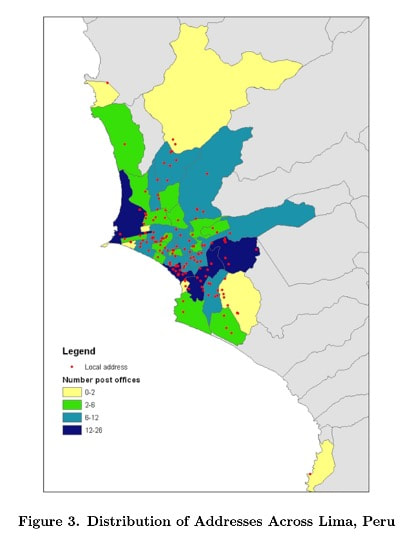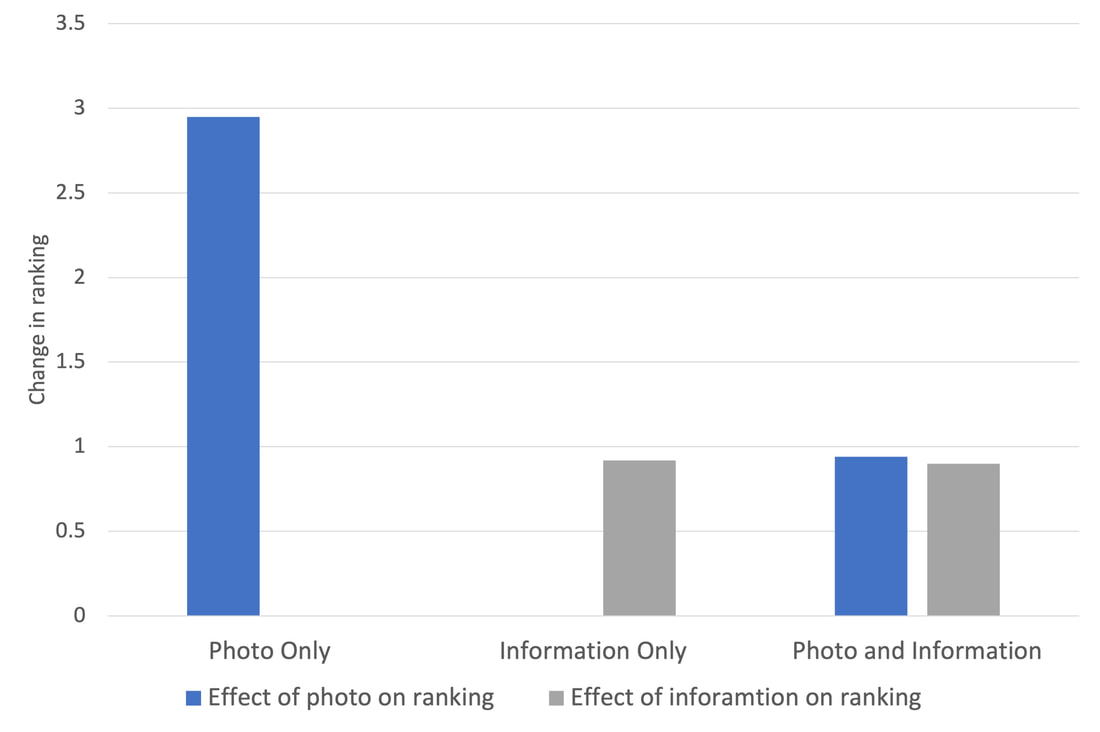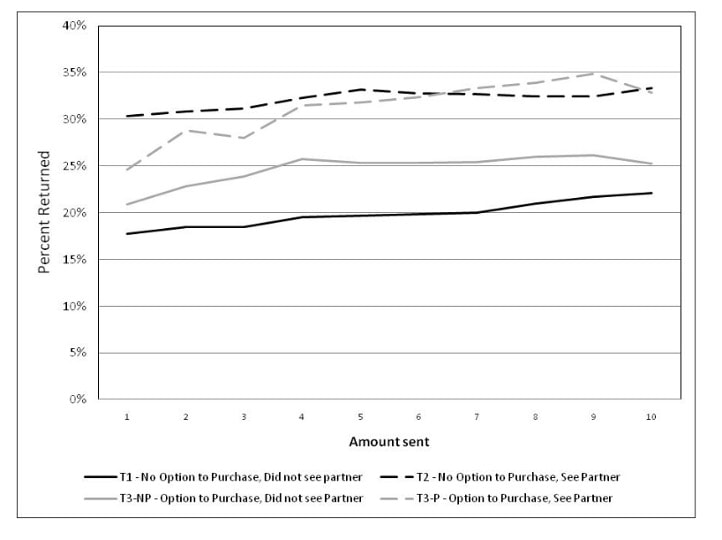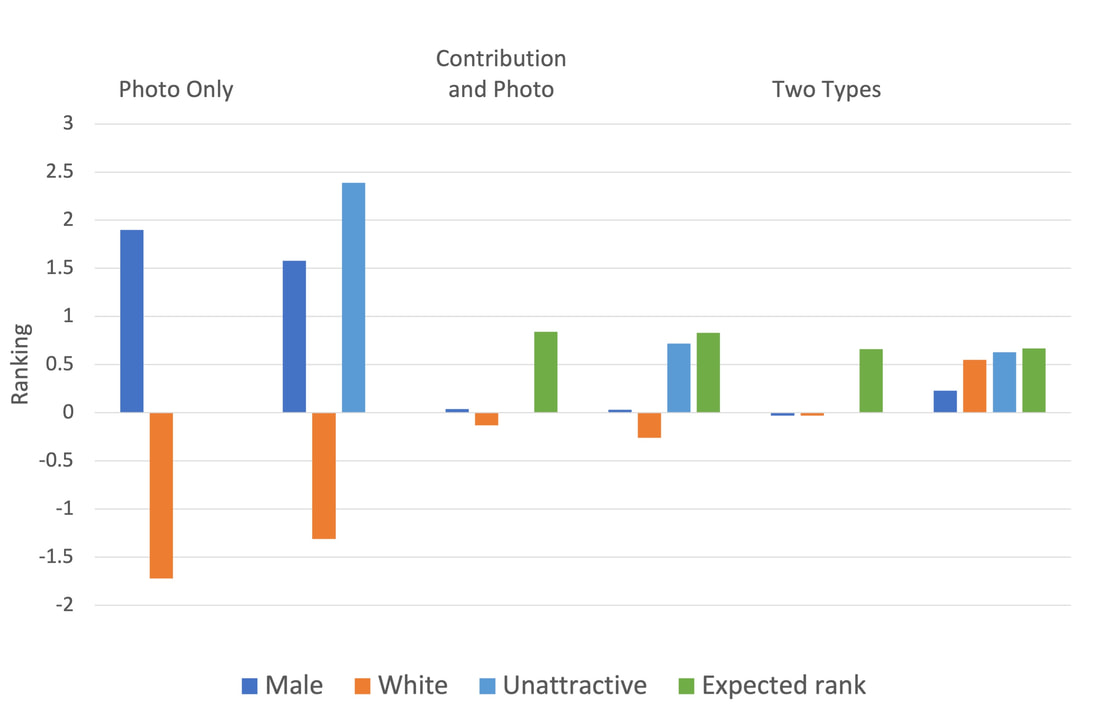Discrimination
Project descriptions, links to papers and presentation slides
Opportunistic crime worse for middle-income
Stealing, shirking and opportunistic behavior in general can create barriers to the development of markets. We use a field experiment to identify opportunistic crime in a task that is important and relevant for trade: the delivery of mail. Without a reliable system for transporting goods, trade and on-line commerce is severely hampered. We subtly manipulate the content and information available in mail sent to households across neighborhoods that vary by income, and we detect high levels of shirking and stealing. Eighteen percent of the mail never arrived at its destination, and significantly more was lost if there was even a slight hint of something additional inside the envelope. Our results demonstrate the importance of transaction costs created by crime and that not all populations are equally affected. Middle income neighborhoods suffer the most. Link to paper Castillo, Marco, Ragan Petrie, Maximo Torero and Angelino Viceisza, 2014, “Lost in the Mail: A Field Experiment on Crime,” Economic Inquiry, 52(1), 285-303 |




